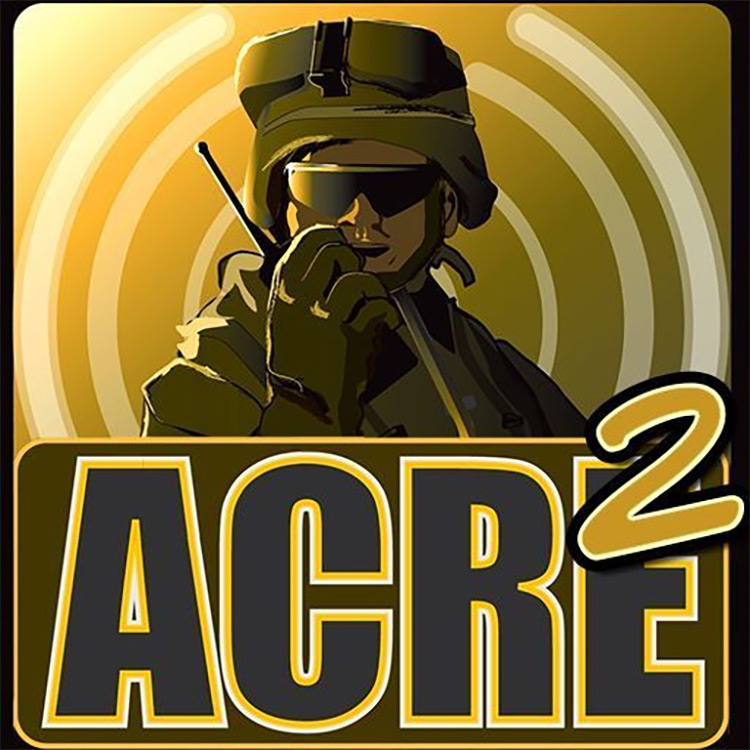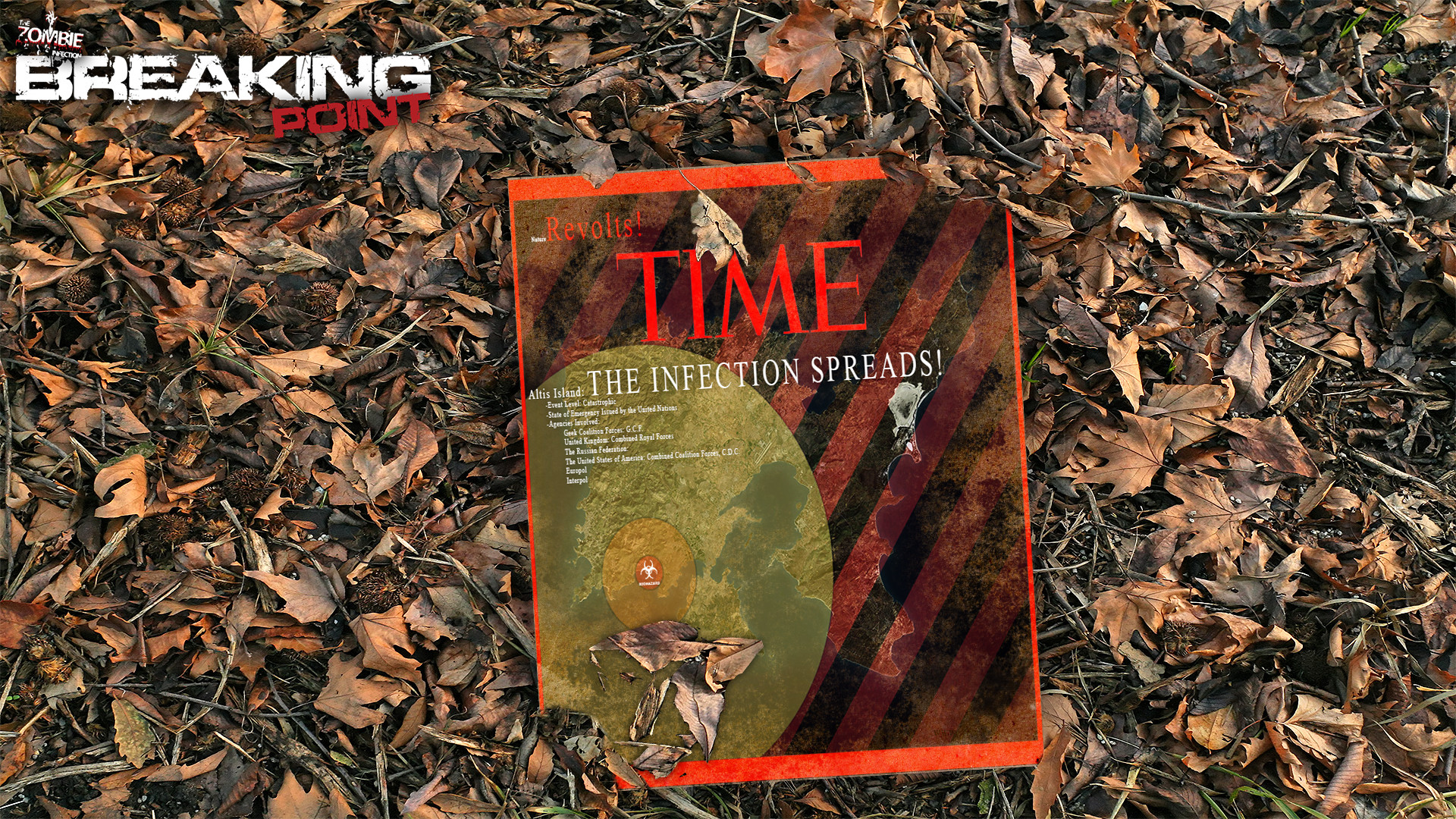


) and a separate nuclear fusion secondary stage containing thermonuclear fuel: the heavy hydrogen isotopes deuterium and tritium, or in modern weapons lithium deuteride. Modern fusion weapons consist essentially of two main components: a nuclear fission primary stage (fueled by 235 Characteristics of nuclear fusion reactions make possible the use of non-fissile depleted uranium as the weapon's main fuel, thus allowing more efficient use of scarce fissile material such as uranium-235 ( 235

Its greater sophistication affords it vastly greater destructive power than first-generation atomic bombs, a more compact size, a lower mass, or a combination of these benefits. Note: some designs use spherical secondaries.Ģ) Uranium-238 ("tamper") lined with beryllium reflectorĤ) Tritium "boost" gas (blue) within plutonium or uranium hollow coreĥ) Radiation channel filled with polystyrene foamĩ) Radiation case (confines thermal X-rays by reflection)Ī thermonuclear weapon, fusion weapon or hydrogen bomb ( H bomb) is a second-generation nuclear weapon design. A basic diagram of a thermonuclear weapon.


 0 kommentar(er)
0 kommentar(er)
